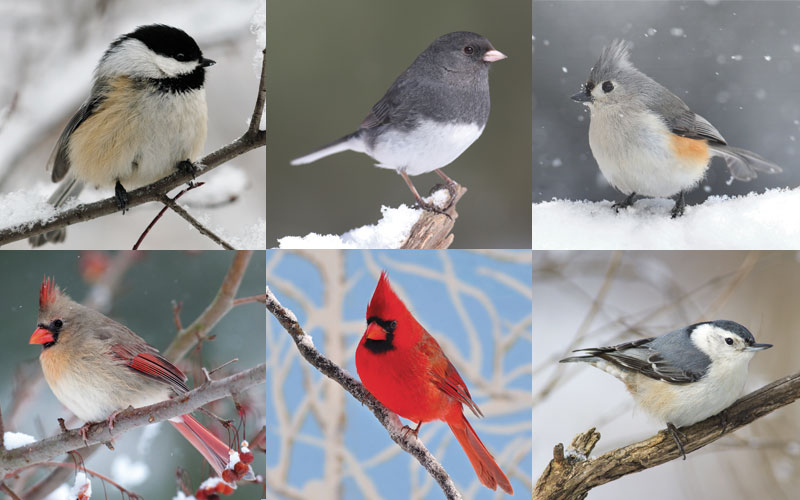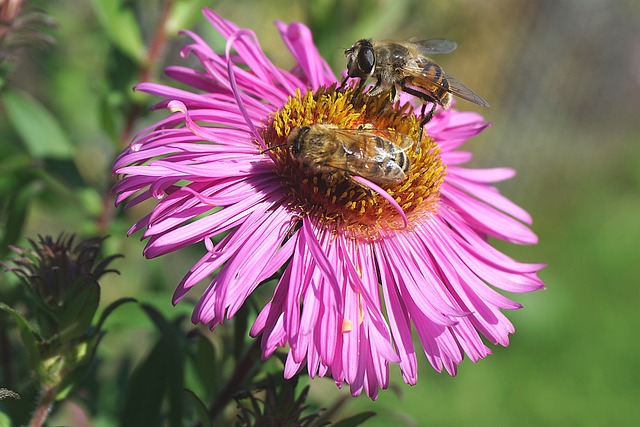The True Potential for Impact Resides Within Every Individual
Throughout the past four centuries, we have witnessed the transformation of a once continuous ecosystem into smaller, disconnected parcels, serving various human purposes. Instead of native woodlands, we now see housing developments and shopping centers with their asphalt-covered landscapes, contributing to the extinction and dwindling populations of countless plant and animal species. There are many acres of monoculture lawns on both residential, commercial and public properties that are biodiversity wastelands. Invasive species introduced from other continents such as Europe and Asia are displacing native species at a rapid rate. However, there is hope for change. By reintroducing native plant landscapes in our residential, work, and recreational areas, we have the power to restore connectivity within our ecosystem and promote species diversity. Instead of solely emphasizing the preservation of a limited portion of land through conservation areas, we can generate a more substantial influence. Merely around 20% of Massachusetts’ land is officially designated as national and state parks, as well as privately-owned preserves, frequently operated by non-profit organizations. With over 90% of Massachusetts land being privately owned, much of it in small parcels under one acre, the real potential for conservation lies in individuals taking action to establish their own conservation efforts at home.

Sustainable Synergy: Unveiling the Environmental and Cost-Saving Advantages of Native Landscaping
What are the benefits to incorporating native plants into your property?
Ecological Balance: Native plants are integral to maintaining the delicate balance within local ecosystems. They have coevolved with native fauna, such as pollinators, ensuring the continuation of vital ecological interactions. These interactions are essential for processes like pollination, seed dispersal, and nutrient cycling.
Biodiversity Conservation: As previously stated, native plants have evolved alongside local wildlife forming intricate relationships and ecological niches. They provide essential food sources, shelter, and nesting sites for a wide array of organisms, including insects, birds, mammals, and amphibians which promotes biodiversity within the ecosystem.

Adaptation to Local Conditions: Native plants are well adapted to the specific environmental conditions of a region, including climate, soil composition, and water availability. Their deep roots, for example, contribute to soil stability and prevent erosion. By reintroducing native plants, we enhance the ecosystem’s resilience to environmental changes and disturbances. They are more likely to withstand local climatic variations, pests, and diseases, reducing the need for external interventions and supporting long-term ecosystem health.
Habitat Restoration: Native plant restoration is crucial for the recovery and restoration of degraded habitats. Areas affected by human activities, such as land clearing, urbanization, or invasive species, often experience a decline in native vegetation. Restoring native plants helps rebuild habitat structure, reconnect fragmented landscapes, and provide suitable conditions for native species to recolonize.
How can native plants and ecological landscaping help your
property and save you money?

Reduced Maintenance: Ecological landscaping designs often prioritize low-maintenance practices, utilizing native plants that are adapted to the local environment. Native plants typically require less pruning, mowing and fertilization compared to non-native species. This reduces the time, effort, and cost associated with ongoing landscape maintenance.
Water Efficiency: Native plants are well-adapted to the local climate and require less supplemental watering once established. Their deep root systems help them access water from lower soils levels, reducing the need for frequent irrigation. This means homeowners can significantly reduce water consumption and save on water bills.
Pest and Disease Resistance: Evolving alongside local pests and diseases, native plants have developed natural defenses that help them resist or tolerate these challenges. As a result, they often require fewer pesticides and treatments, reducing the need for costly pest control measures which minimizes the reliance on chemical interventions and reduce associated expenses.
Longevity and Durability: Native plants are well adapted to local soil conditions, climate, and environmental factors, making them inherently hardy and long-lasting. They are more likely to thrive and persist in their native habitats, requiring less replacement and re-landscaping over time. This saves homeowners money by avoiding the need for frequent plant replacements and renovations.
For a deeper understanding of the value of native plants and biodiversity restoration, I suggest watching this video featuring Doug Tallamy, a renound expert in this field. Skips to 6 :30 minutes in.
"Probably the most visible example of unintended consequences is what happens every time humans try to change the natural ecology of a place."
Margaret J. Wheatley
